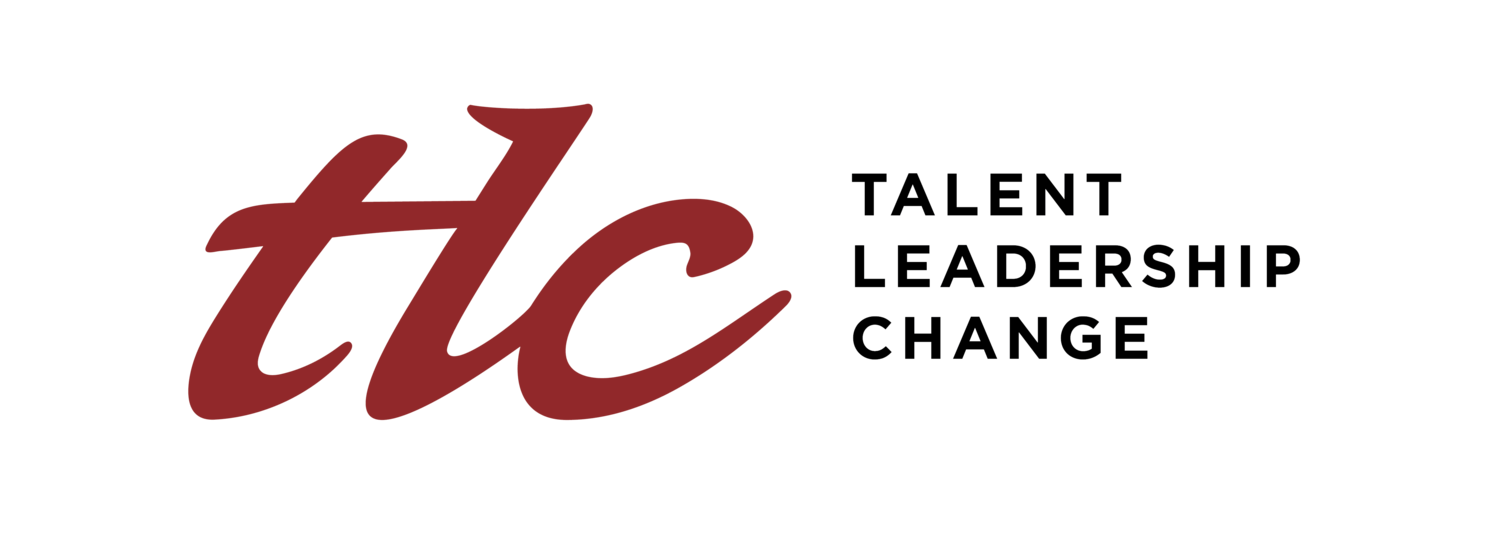BUILDING HIGH-PERFORMANCE TEAMS
After taking his oath of office on June 30, President Rodrigo Duterte wasted no time and immediately held his first official Cabinet meeting. How did he choose his department secretaries? Did he have in mind individuals who are experts in their fields? Was he trying to build a team that will quickly deliver on his promises?
Come November 2016, when either Donald Trump or Hillary Clinton emerges as the winner of a bruising campaign to be the 45th president of the U.S., who are first in their lineup for members of the Cabinet? Will the future U.S. president look at individuals or consider how well they will work together as a team?
For Duterte, Clinton or Trump, the question of how to go about building an effective leadership team is of utmost importance if they are going to turn the slogans that won them the elections into reality. Like company CEOs, the key question confronting newly elected political leaders and their political advisers is: “Do we have the talent to execute our strategy?” Another is “How do we build high-performing teams that will deliver our targets?”
Increasingly, there is a growing focus not just on A-1 talent but also on A-1 teams at the helm and across the organization, whether it’s a company or a government. Yet, only a handful of groups are successful in building and sustaining teams that achieve superior results and outperform competitors.
Google’s “people operations”, the term the company uses for human resources, published a study in November 2015 that promises to give us a glimpse on how effective teams work. The researchers interviewed more than 200 Googlers, as the company’s employees are called, and drilled down on 250
attributes of about 180 active Google teams. At the end of the rigorous process, they came up with this conclusion: “Who is on a team matters less than how the team members interact, structure their work, and view their contributions.”
The study identified five factors that determine which teams succeed and which do not.
Psychological safety: can we take risks on this team without feeling insecure or embarrassed?
Dependability: can we count on each other to do high-quality work on time?
Structure and clarity: are goals, roles, and execution plans on our team clear?
Meaning of work: are we working on something that is personally important for each of us?
Impact of work: do we fundamentally believe that the work we’re doing matters?
”It is not enough to select individuals for their smarts or accomplishments. Equally important is their ability to communicate.”
The first factor, psychological safety, is the most important and underpins the other four. It is about being vulnerable: “the safer team members feel with one another, the more likely they are to admit mistakes, to partner and to take on new roles”.
And here lies the great divide between private and the public sectors. In government, self-protection becomes a default strategy due to the highly politicized nature of relationships. Even the bravest bureaucrats will not “engage in behaviors that could negatively influence others’ perception of one’s competence, awareness or positivity”.
So what do these tell us? Let me attempt to drill it all down to two themes. First, it is not enough to select individuals for their smarts or accomplishments. Equally important is their ability to communicate – listening, connecting, shaping relationships, guiding the team, and exploring outside it to bring in new perspectives. Second, it is the job of the leader to do a “pulse check” on the five factors enumerated earlier. He or she must provide feedback openly on how the team is doing.
For people putting together leadership teams, whether he or she is the president of a country or the CEO of a conglomerate, it is about bringing together a diverse set of individuals and methods with a singular focus on shared goals. This will entail intentionally inviting dissent rather than just bringing together like-minded persons.
With the kind of complex challenges organizations across all sectors are facing, they need a team of rivals working with intense collaboration to accomplish great feats that will benefit nations and stakeholders.
*Published as a monthly Leadership Column in Forbes Philippines
